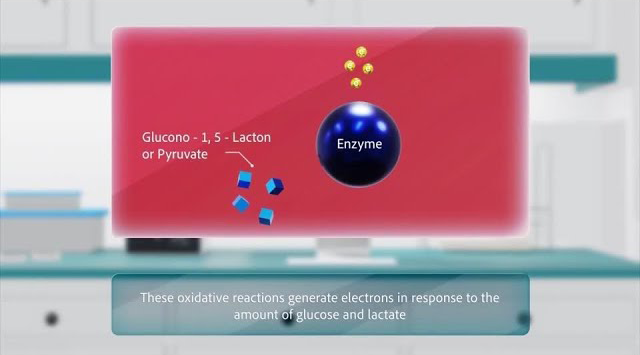Understanding Cell Metabolism
Glycolysis plays a central role in cellular energy metabolism, where cells absorb glucose and convert it into lactate. Historically, studying this metabolic process relied on collecting glucose and lactate concentration data at specific time points during the day. However, this approach offered only brief glimpses into the cells' metabolic activity, limiting the depth of analysis.
LiCellMo transforms metabolic analysis by offering continuous, real-time monitoring of cellular activity — delivering minute-by-minute insights into cell states. Its advanced in-line system precisely measures both glucose uptake and lactate production within the same culture medium, providing a clear picture of cell growth and differentiation. Because this method eliminates the need for manual sampling, the same cells remain available for further testing after the assay. This cutting-edge technology opens new doors for overcoming challenges in metabolic research and driving innovative discoveries.


